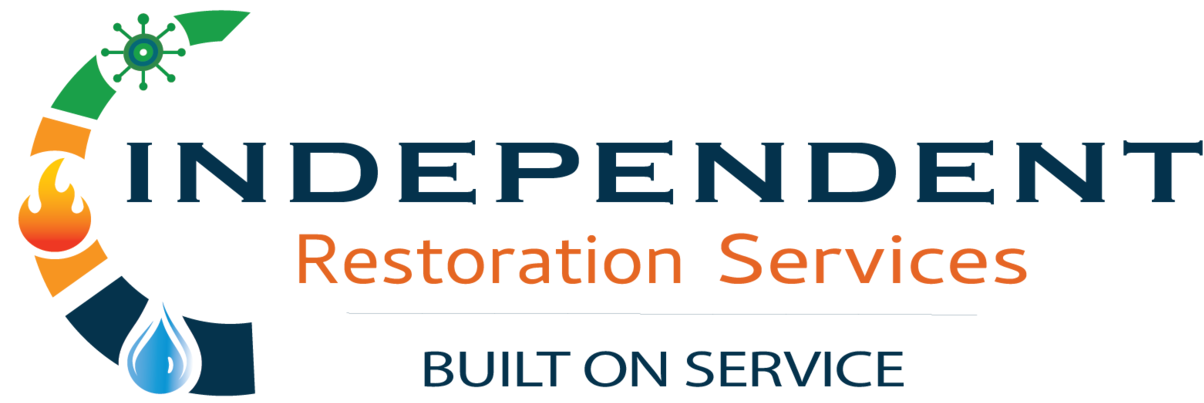Kansas City’s location in Tornado Alley makes storm damage an unfortunate reality for many Missouri homeowners. Understanding how to respond effectively to storm damage can mean the difference between a manageable repair situation and a devastating loss.
Table of Contents
Understanding Kansas City’s Storm Risks
The National Weather Service Kansas City office reports that our region faces multiple storm-related threats:
- Severe thunderstorms with damaging winds exceeding 58 mph
- Large hail that can destroy roofing and siding
- Tornadoes, with Missouri ranking among the top states for tornado activity
- Flash flooding from heavy rainfall
- Ice storms during the winter months
These diverse weather patterns require comprehensive storm damage restoration strategies tailored to Kansas City’s unique climate challenges.
Immediate Post-Storm Safety Steps
Personal Safety First: Never enter a storm-damaged structure until it’s deemed safe. Downed power lines, compromised structural integrity, and debris create serious hazards requiring professional assessment.
Document Everything: Take extensive photos and videos of all storm damage before making temporary repairs. This documentation supports insurance claims and helps storm damage restoration professionals assess the full scope of work needed.
Emergency Contact Protocol: Contact your insurance company immediately and notify local authorities if there are safety hazards. Keep Independent Restoration Services’ emergency number handy for immediate storm damage restoration needs.
Common Types of Storm Damage
Roof and Structural Damage High winds and hail commonly damage Kansas City roofing systems, creating entry points for water intrusion. Compromised roofs require immediate temporary protection and professional assessment.
Water Intrusion Storm-driven rain often causes significant water damage that, if not addressed quickly, can lead to mold problems requiring remediation.
Fire Damage from Lightning Lightning strikes can cause fires requiring specialized fire damage restoration services in addition to storm damage repairs.
Exterior Damage: Siding, windows, gutters, and landscaping often sustain damage that affects both your home’s protection and curb appeal.
The Storm Damage Insurance Process
Understanding Your Policy Review your homeowner’s insurance policy before storm season to understand coverage limits, deductibles, and exclusions. The Missouri Department of Commerce and Insurance provides resources for understanding coverage options.
Working with Adjusters Insurance adjusters will assess your storm damage, but having your own documentation and professional estimates ensures fair compensation for restoration work.
Temporary Repairs Your insurance typically covers temporary repairs to prevent further damage, such as tarping damaged roofs or boarding broken windows.
Professional Storm Damage Restoration Process
Emergency Response Professional storm damage restoration begins with emergency services to secure your property and prevent additional damage from weather exposure.
Comprehensive Assessment Certified technicians evaluate all storm damage, including hidden issues like compromised structural elements or moisture intrusion that could cause future problems.
Coordinated Restoration Storm damage often involves multiple restoration specialties. A single event might require roof repairs, water damage restoration, and fire damage restoration services.
Preventing Secondary Damage
Moisture Control: Kansas City’s humidity levels can accelerate mold growth in storm-damaged homes. Professional restoration includes moisture monitoring and control measures to prevent mold damage that requires remediation.
Structural Stabilization: Temporary bracing and support prevent additional structural damage while permanent repairs are planned and executed.
Security Measures: Securing damaged openings protects against weather intrusion and unauthorized entry during the restoration process.
Choosing Storm Damage Restoration Contractors
Verify Credentials: Ensure contractors hold proper licenses and insurance. The Better Business Bureau and the Missouri Division of Professional Registration provide verification resources.
Local Knowledge Matters Kansas City’s specific building codes, permit requirements, and weather challenges require contractors with local expertise and established relationships with suppliers and inspectors.
Comprehensive Services Choose restoration companies capable of handling all aspects of storm damage, from emergency response through final repairs.
Long-Term Recovery Planning
Building Back Better: Consider improvements that enhance your home’s storm resistance, such as impact-resistant roofing materials or enhanced drainage systems.
Maintenance Programs Regular inspections and maintenance help identify potential vulnerabilities before the next storm season arrives.
Emergency Preparedness: Develop a comprehensive emergency plan that includes important document storage, emergency supplies, and contact information for professional restoration services.
Storm damage restoration in Kansas City requires experienced professionals who understand our region’s unique challenges. Independent Restoration Services provides comprehensive storm damage restoration services, helping Missouri homeowners recover quickly and completely from weather-related disasters.
